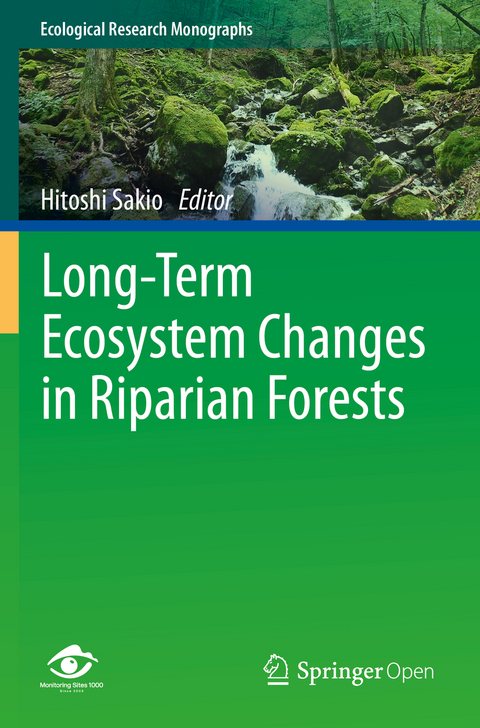
Long-Term Ecosystem Changes in Riparian Forests
Springer Verlag, Singapore
978-981-15-3011-1 (ISBN)
Hitoshi Sakio is a Professor and Director of Sado Island Center for Ecological Sustainability, Niigata University in Niigata, Japan. He received his Ph.D. from Tokyo Metropolitan University, Japan. Hitoshi worked as a forest researcher in local government before moving to Niigata University. He is the leader of riparian forest research in Japan, and his teaching and research focus on forest ecology, especially riparian forest dynamics, tree life history, and alpine forest vegetation. He has published over 50 articles on field research in peer-reviewed journals, edited seven books and written 20 book chapters. He has received various honors for his outstanding contributions to research and education, including The Ecological Society of Japan’s 12th Oshima Award (2019) and The Japanese Forest Society Award (2019).
Part I. Introduction.- Chapter 1. The Ooyamazawa Riparian Forest: Introduction and Overview.- Part II. Life History and Regeneration Processes of Riparian Woody Species.-Chapter 2. Fraxinus platypoda.- Chapter 3. Pterocarya rhoifolia.- Chapter 4. Cercidiphyllum japonicum.- Chapter 5. Acer Tree Species.- Part III. Diversity and Coexistence in Riparian Forests.- Chapter 6. Diversity of Herbaceous Plants in the Ooyamazawa Riparian Forest.- Chapter 7. Coexistence of Tree Canopy Species.- Part IV. Ecosystem Changes in Riparian Forests.- Chapter 8. Changes in Forest Floor Vegetation.- Chapter 9. Temporal Changes in Browsing Damage by Sika Deer in a Natural Riparian Forest in Central Japan.- Chapter 10. Characteristics and Temporal Trends of a Ground Beetle (Coleoptera: Carabidae) Community in Ooyamazawa Riparian Forest.- Chapter 11. Avifauna at Ooyamazawa: Decline of Birds that Forage in Bushy Understories.- Part V. Conclusion.- Chapter 12. General Conclusion.
| Erscheinungsdatum | 23.09.2020 |
|---|---|
| Reihe/Serie | Ecological Research Monographs |
| Zusatzinfo | 65 Illustrations, color; 108 Illustrations, black and white; VIII, 234 p. 173 illus., 65 illus. in color. |
| Verlagsort | Singapore |
| Sprache | englisch |
| Maße | 155 x 235 mm |
| Themenwelt | Naturwissenschaften ► Biologie ► Botanik |
| Naturwissenschaften ► Biologie ► Ökologie / Naturschutz | |
| Weitere Fachgebiete ► Land- / Forstwirtschaft / Fischerei | |
| ISBN-10 | 981-15-3011-4 / 9811530114 |
| ISBN-13 | 978-981-15-3011-1 / 9789811530111 |
| Zustand | Neuware |
| Haben Sie eine Frage zum Produkt? |
aus dem Bereich


